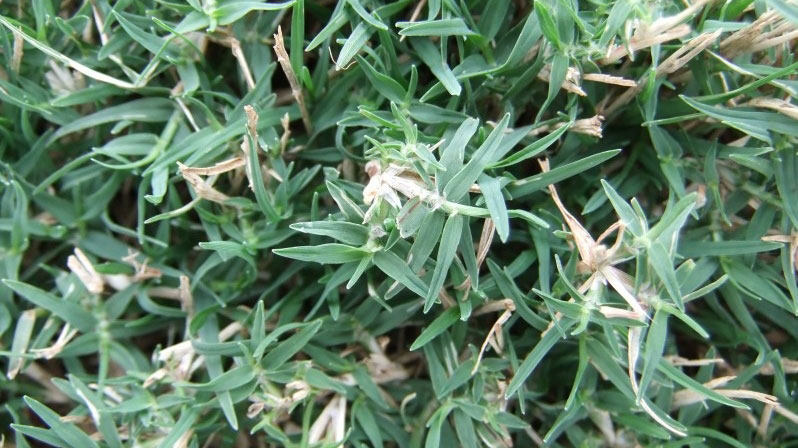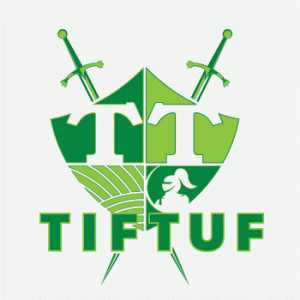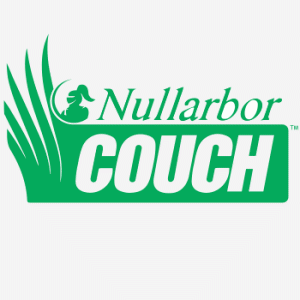
Is your couch turf not growing properly, although it has been sufficiently watered and fertilized?
This could mean you have couch mite which is mostly found in couch turf varieties however, it can also be found in other turf varieties as well.
This microscopic pest, despite being so small, can cause widespread visible damage to your lawn and stop it from being the best it can be.
Luckily there’s relief in sight. Here at Hi Quality Turf we know all about this unwanted guest all too well. To eliminate this pest we know exactly what works and what doesn’t.
We’ve put together this handy guide so our customers can better understand this pest, know the symptoms to look out for, and how to eradicate and prevent this pest from coming back and spoiling your beautiful lawn.
What Is a Couch Mite?
Couch mites are very tiny pests that cannot be seen with the naked eye. They’re only visible under a microscope as even hand lenses usually don’t have the magnifying power needed to make the mite visible.
The mite appears wormlike with two pairs of legs facing forward. They live and feed in amongst the leaf sheaths of the couch and can breed very quickly, favouring dry and warm weather during spring and summer. Infestations of mites are typically identified by the characteristic symptoms of plant injury in the field. Once visible injury has occurred, pest presence must be considered to be extensive.
Life Cycle of Couch Mite / Risk Period
Couch mites usually occur from mid-spring until the end of summer. They thrive during hot, dry weather.
The lifecycle of this mite is quite rapid. The mite can complete its life cycle from hatchling to an adult in 10 to 14 days, so population numbers can build quickly when conditions are suitable.
All life stages of the mite live together, protected under the leaf sheath of the grass, and often 100-200 mites and eggs can be present under a single leaf blade.
Mites are spread on grass clippings and can even hitch-hike on other turf insects. Dispersal in wind is also common.
How To Tell If Your Affected
Even though these pests are so tiny, their damage can be seen every time you look at your lawn.
The first indication of infestation is that the turf is not growing as vigorously as it should in spring, despite adequate irrigation and fertilisation.
Infected turf then exhibits a slight yellowing of leaf tips followed by shortening of internodes and leaves, producing a rosetted or tufted growth known as witches brooming. If left untreated, severe infestations result in stand loss, and large dead areas soon become infested with weeds. Damage is usually most severe during hot, dry conditions.
Couch mites will unfortunately cripple turf recovery, as they feed, they inject toxins into the plant. The mites can be controlled but toxin remains within the plant.
Treat with Miticide
Once physical damage has been observed, mites can be controlled effectively with miticide treatment. Miticides target both the adult and nymph stage of the life cycle in which the mite spends 90% of its life, giving greater opportunity for effective control.
When looking for products to control couch mite ensure they contain the active ingredients of abamectin, diafenthiuron, clofentezine or beta-cyfluthrin. Leading brands offering these types of products include; Yates Baythroid Advanced Insect Killer, Stealth Miticide and Insecticide (Abamectin), and Mite Rid.
Before applying make sure to always read the safety directions and instructions on the product label before use. Since mites live under the leaf sheath of the grass, application must have good coverage of leaves, foliage and crown of the plant to assist with the best chance of contacting the mites.
For the best results, apply the miticide with a liberal coverage but using a very fine nozzle, for conventional sprayers turn the nozzle tip until it’s at its finest and then apply.
One application will effectively control 1 life cycle with around a 12-day residual. Repeat application 14 days afterwards may be required in high pressure situations.
Prevention
Prevention is always better than a cure, so it’s important to follow some maintenance steps to ensure that another outbreak doesn’t occur.
Good garden hygiene is essential for minimising the spread of pests such as couch mites.
Throughout the year ensure that your couch turf is adequately irrigated and fertilized to help it stay in a good healthy condition.
When mowing, lower the mowing height to make it a less favourable environment for the mite, but care should be done not to cause scalping. Once done, clean and wash down your mower, and collect and discard the lawn clippings so the couch mites can’t relocate to nearby turf.
If you do start seeing signs of mite damage, you can promptly start the miticide treatment.
By looking out for the signs and being proactive with early treatment, you’ll have a much better chance of getting on top of this destructive pest, and keep your lawn looking great.
Couch mites, despite being microscopic in size, can cause significant visible damage to your turf. If left untreated large dead areas can become prevalent with a continual cycle of infestation.
In order to get on top of one of the most destructive warm season grass pests, it’s important to take a few important steps. Once you have confirmed the presence of the dreaded witch’s broom, your best option is the application of an effective miticide. Make sure you follow the manufacturer’s recommendations and apply good coverage of leaves, foliage and crown of the plant to assist with the best chance of contacting the mites.
This should allow you to put an end to any existing infestation. As preventative steps, garden maintenance is essential. Throughout the year ensure that your couch turf is adequately irrigated and fertilized, mow your lawn to a lower height, and discard any clippings.
We hope this guide has given you a better indication of how to get on top of any mite outbreak. Should you have any further questions or need any further advice on pest eradication or lawn maintenance, don’t hesitate to contact the experts here at Hi Quality Turf. Being in the turf business for more than 40 years, we know exactly what works and what doesn’t, and can advise you on how to keep your lawn looking its absolute best.
For any of your lawn needs, why not contact us today.








